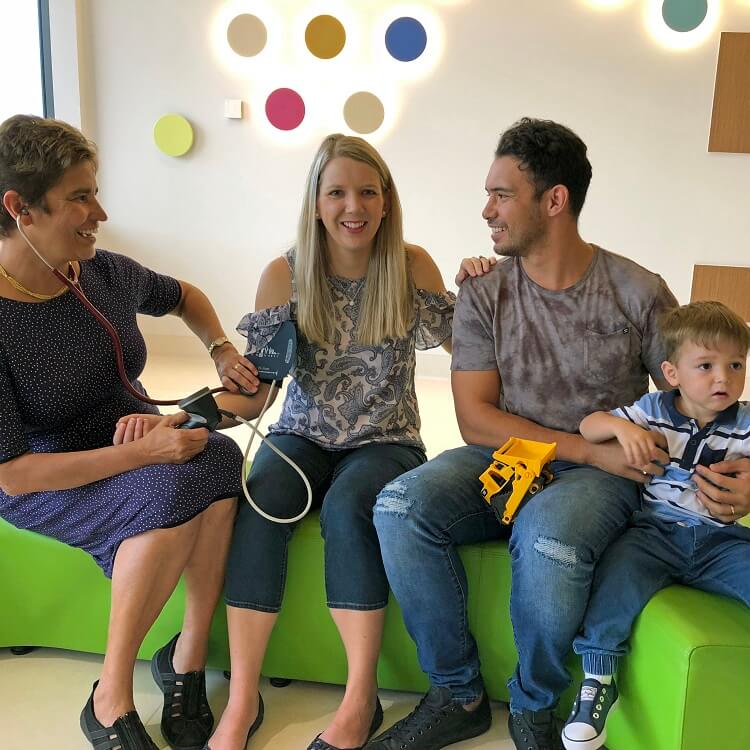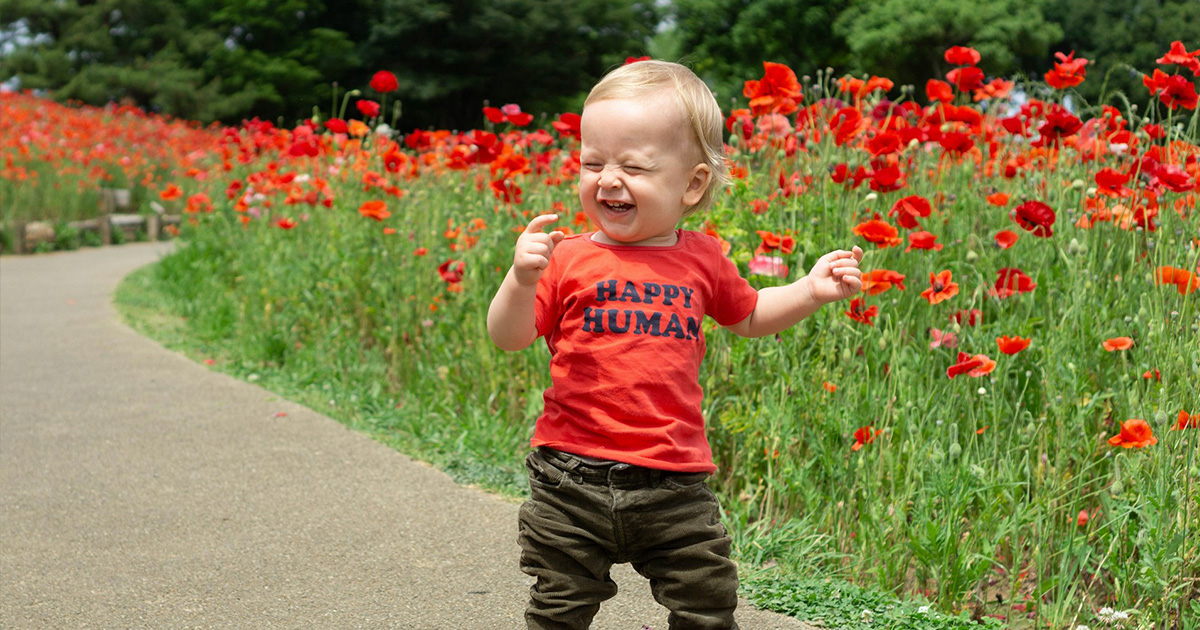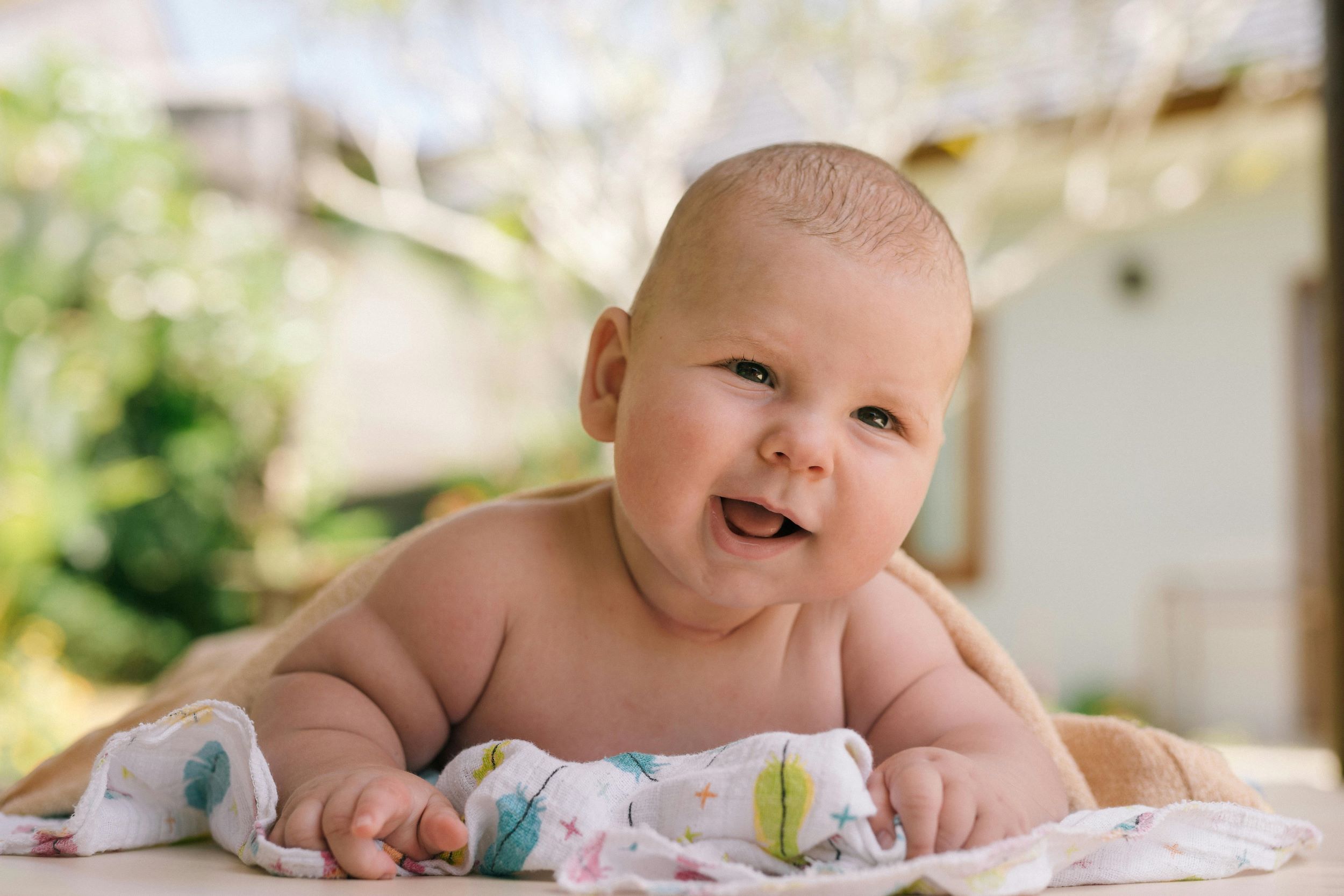Search

News & Events
Screen ORIGINS study finds mobile devices a lifeline for families during lockdownsA study of ORIGINS families has revealed a positive aspect to the COVID pandemic, with families found to benefit from the extra time together during lockdowns and mobile devices proving useful for helping them stay in touch with extended family and friends and for activities such as online classes.
Research
Nutritional Criminology: Why the Emerging Research on Ultra-Processed Food Matters to Health and JusticeThere is mounting concern over the potential harms associated with ultra-processed foods, including poor mental health and antisocial behavior. Cutting-edge research provides an enhanced understanding of biophysiological mechanisms, including microbiome pathways, and invites a historical reexamination of earlier work that investigated the relationship between nutrition and criminal behavior. Here, in this perspective article, we explore how this emergent research casts new light and greater significance on previous key observations.
Research
Study Protocol for a Randomised Controlled Trial Investigating the Effects of Maternal Prebiotic Fibre Dietary Supplementation from Mid-Pregnancy to Six Months’ Post-Partum on Child Allergic Disease OutcomesInfant allergy is the most common early manifestation of an increasing propensity for inflammation and immune dysregulation in modern environments. Refined low-fibre diets are a major risk for inflammatory diseases through adverse effects on the composition and function of gut microbiota. This has focused attention on the potential of prebiotic dietary fibres to favourably change gut microbiota, for local and systemic anti-inflammatory effects.

Breastfeeding and Eating Nuts and Eggs for Infant Tolerance

News & Events
ORIGINS reaches key milestoneORIGINS, a collaboration between The Kids and the Joondalup Health Campus, has achieved a major milestone – recruiting its 1000th family.

Our team aims to better understand how the immune response to immune challenges, such as viral infections can influence the risk of developing asthma or autoimmune disease.

Determining the associations of sun exposure in early life on the development of non-communicable diseases.
Research
Data resource profile: the ORIGINS project databank: a collaborative data resource for investigating the developmental origins of health and diseaseThe ORIGINS Project (“ORIGINS”) is a longitudinal, population-level birth cohort with data and biosample collections that aim to facilitate research to reduce non-communicable diseases and encourage ‘a healthy start to life’. ORIGINS has gathered millions of datapoints and over 400,000 biosamples over 15 timepoints, antenatally through to five years of age, from mothers, non-birthing partners and the child, across four health and wellness domains.
Research
Kindy Readiness ProjectDesiree Dr Jackie Lisa Susan Silva Davis Gibson Prescott MBBS, FRACP, MPH, PhD BSc (Hons), PGradDipHlthProm, PhD BA (Hons), MPsych, PhD MBBS BMedSci
Research
Newborn Nasal Sampling Evaluation (NOSE) StudyA pilot study to assess recruitment and nasal sampling in newborns.
